Let's talk Schipperkes
A bundle of rough-and-tumble energy wrapped in a glamorous black fur package best sums up the Schipperke dog. This animated breed hails from Belgium, and is known for their nonstop nature as well as their fierce loyalty. A guard dog by breeding, the Schipperke now functions more as captain of their home turf, celebrated for their adoration of children and a funny, affable nature that’s written all over their pert, fox-like face.
Official name: Schipperke
Origins: Belgium
Drooling tendencies
1 out of 5Shedding Level
3 out of 5Energy level*
5 out of 5Compatibility with other pets
2 out of 5Warm weather?
2 out of 5Suited to apartment living
4 out of 5Family pet?*
5 out of 5Can stay alone
3 out of 5
| Male | Female |
|---|---|
| Height | Height |
| 28 - 33 cm | 25 - 30 cm |
| Weight | Weight |
| 3 - 9 kg | 3 - 9 kg |
| Life stages | |
|---|---|
| Adult | |
| 10 months to 8 years | |
| Mature | Senior |
| 8 to 12 years | From 12 years |
| Baby | |
| Birth to 2 months | |
Drooling tendencies
1 out of 5Shedding Level
3 out of 5Energy level*
5 out of 5Compatibility with other pets
2 out of 5Warm weather?
2 out of 5Suited to apartment living
4 out of 5Family pet?*
5 out of 5Can stay alone
3 out of 5
| Male | Female |
|---|---|
| Height | Height |
| 28 - 33 cm | 25 - 30 cm |
| Weight | Weight |
| 3 - 9 kg | 3 - 9 kg |
| Life stages | |
|---|---|
| Adult | |
| 10 months to 8 years | |
| Mature | Senior |
| 8 to 12 years | From 12 years |
| Baby | |
| Birth to 2 months | |
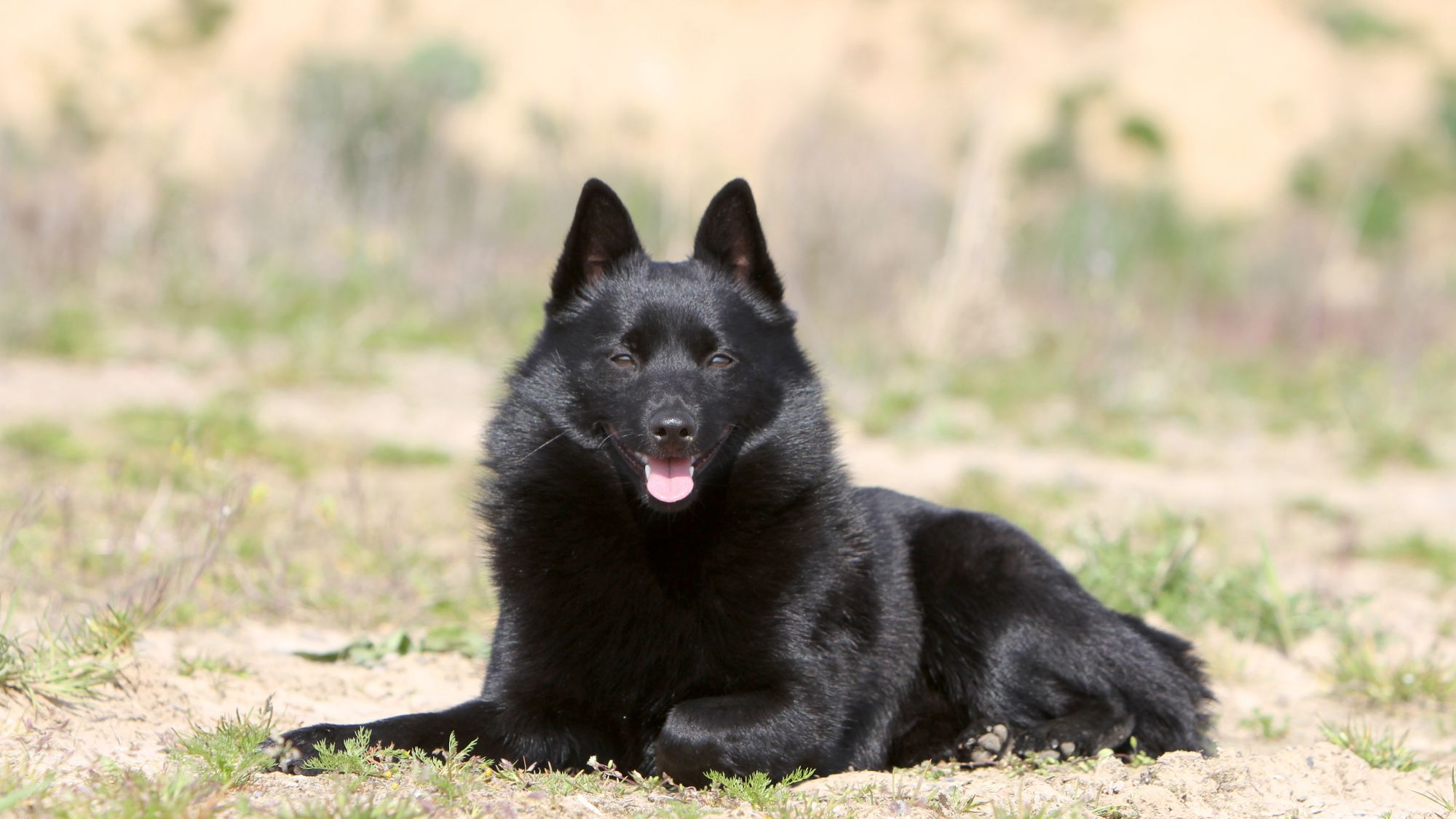
Get to know the Schipperke
All you need to know about the breed
Why walk when you can run? Words to live by for the incredibly jubilant Schipperke, a chaser of vermin from way back and of balls or frisbees today. This inquisitive and entertaining dog embodies all there is to love in a canine: Intelligence, energy, bravery (they may be small but they’re mighty!), and affection. The Schipperke also has a long lifespan so be prepared for many great years with this fun little dog.
Pint-sized at an average of 13 inches (33cm), but what they might lack in size they make up for in their on-the-go demeanour. As long as there’s a job to do, the Schipperke will be fine. Extremely protective of their family and the children in it, the Schipperke can be aloof with those they don’t know but warms up soon enough.
At times the Schipperke breed can be obstinate, and will need to be trained with a very firm hand and a good amount of repetition. This is a highly curious dog who seeks adventure at every turn. Keep them on leash when out as their prey drive will cause the Schipperke to chase new furry friends in a heartbeat. Ditto for an enclosed space: The Schipperke needs exercise and will dig their way out or hop a fence if left to their own devices to get it.
Their history started in Belgium where they were fierce ratters on barges traversing the low country. They are often called “little shepherd” but the Schipperke‘s name (pronounced “SHEEP-er-ker”) translates from the Flemish as “Little Captain” or “Little Skipper.” Whatever you call them, this is a dog who will be adored by all who cross their path.
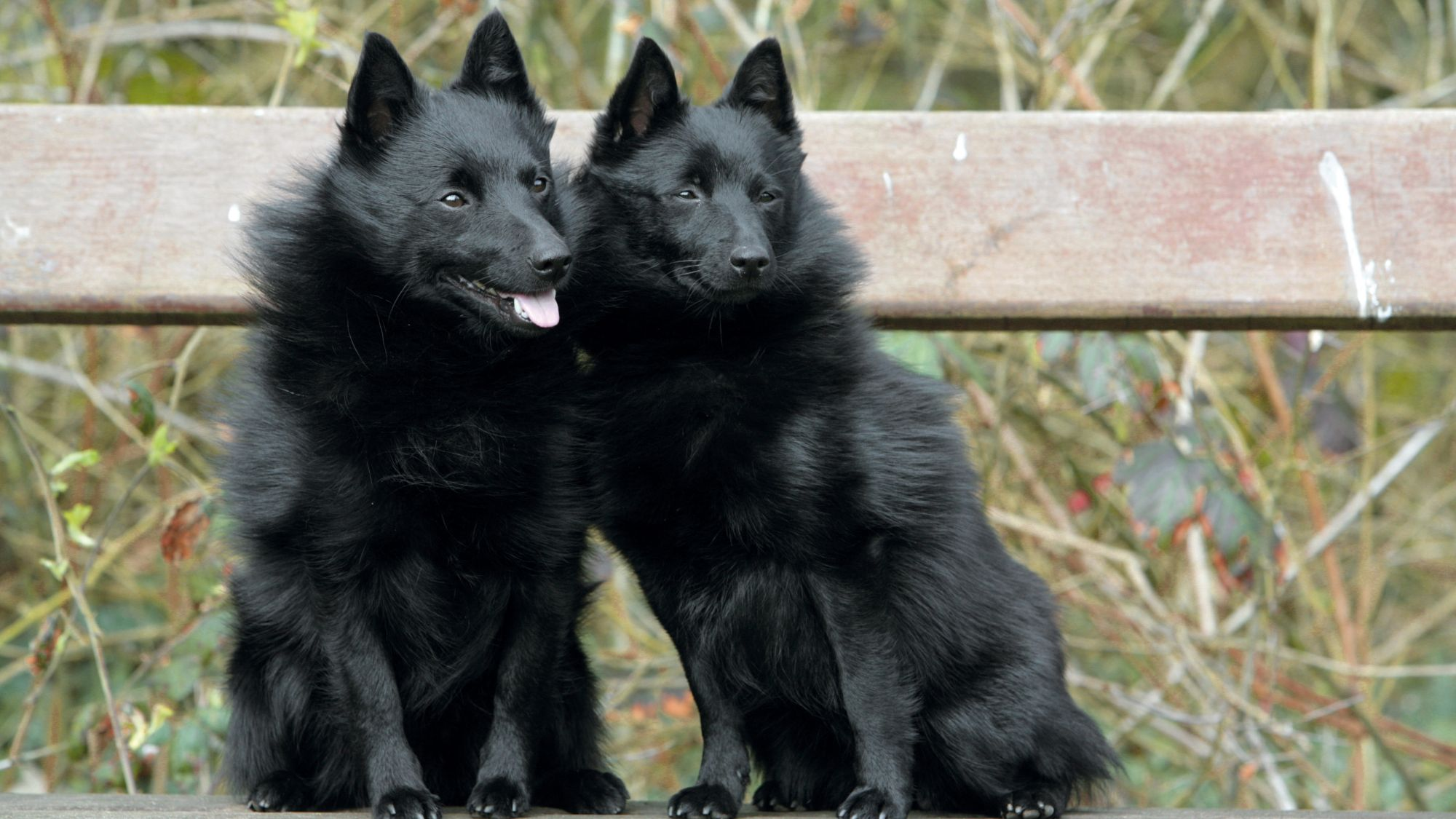
2 facts about Schipperkes
1. Diggers and jumpers
The non-stop energy of the Schipperke dog is fun to witness and great for runners, but the one disadvantage is that they can be escape artists if they want. Boredom or the pursuit of small animals as a result of a high prey drive can cause digging – underneath fences – or jumping over them. Make sure to have a well-enclosed fence guarding your yard.
2. Barking up a storm
Owners of the lively Schipperke breed will appreciate all they bring to the table, especially their watchdog instincts, but one facet that’s not so super is their high-pitched bark. The at-times sharp sound is their way of letting you know that they’re on guard but can be over the top if this canine alarm is sounded too often. Training them in the ways and means of the neighbourhood from a young age will keep them in check.
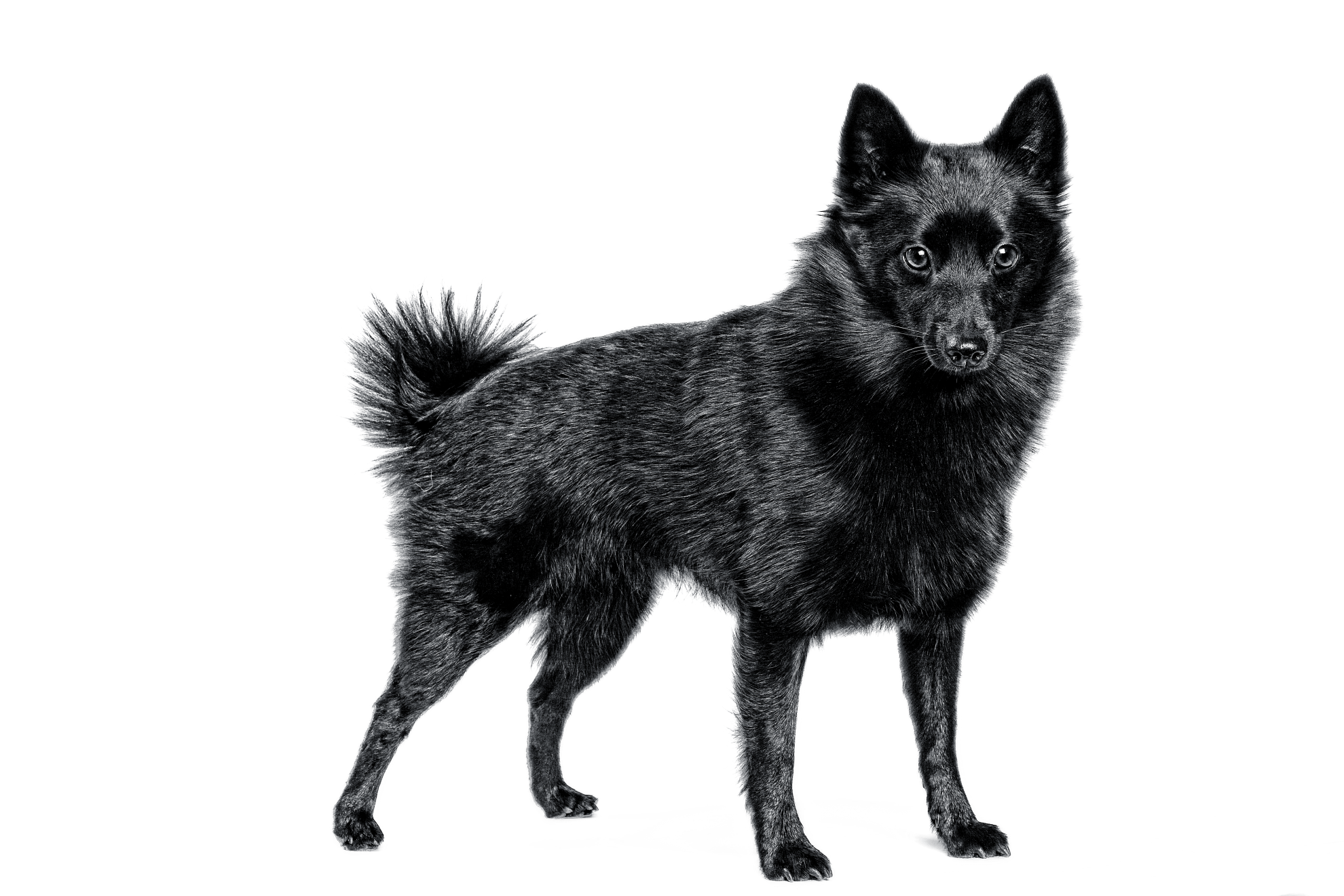
History of the breed
The rise to fame for the Schipperke started in late medieval Belgium, where in 1690, in the Grand Palace of Brussels, a specialty show was held just for the dog. Prized for guarding the barges that made their way along canals between Antwerp and Brussels, this breed was used for their ability as a determined ratter, passionate about their prey and barking otherwise at any strange noises in their midst. Shopkeepers, shoemakers, and other tradesmen soon took notice of their fearless, independent nature and used the breed in their shops and ateliers, valuing the dog’s skill at keeping unwanted smaller furry friends like mice at bay.
So popular was the Schipperke breed that they competed in beauty shows in 17th century Flanders. Queen Henrietta took a Schipperke as a royal pet and their star fate was sealed. The first breed club formed in England in 1890. The Schipperke was recognised by the American Kennel Club in 1904 as its 55th breed.
From head to tail
Physical characteristics of Schipperkes
1.Ears
2.Head
3.Body
4.Tail
5.Coat
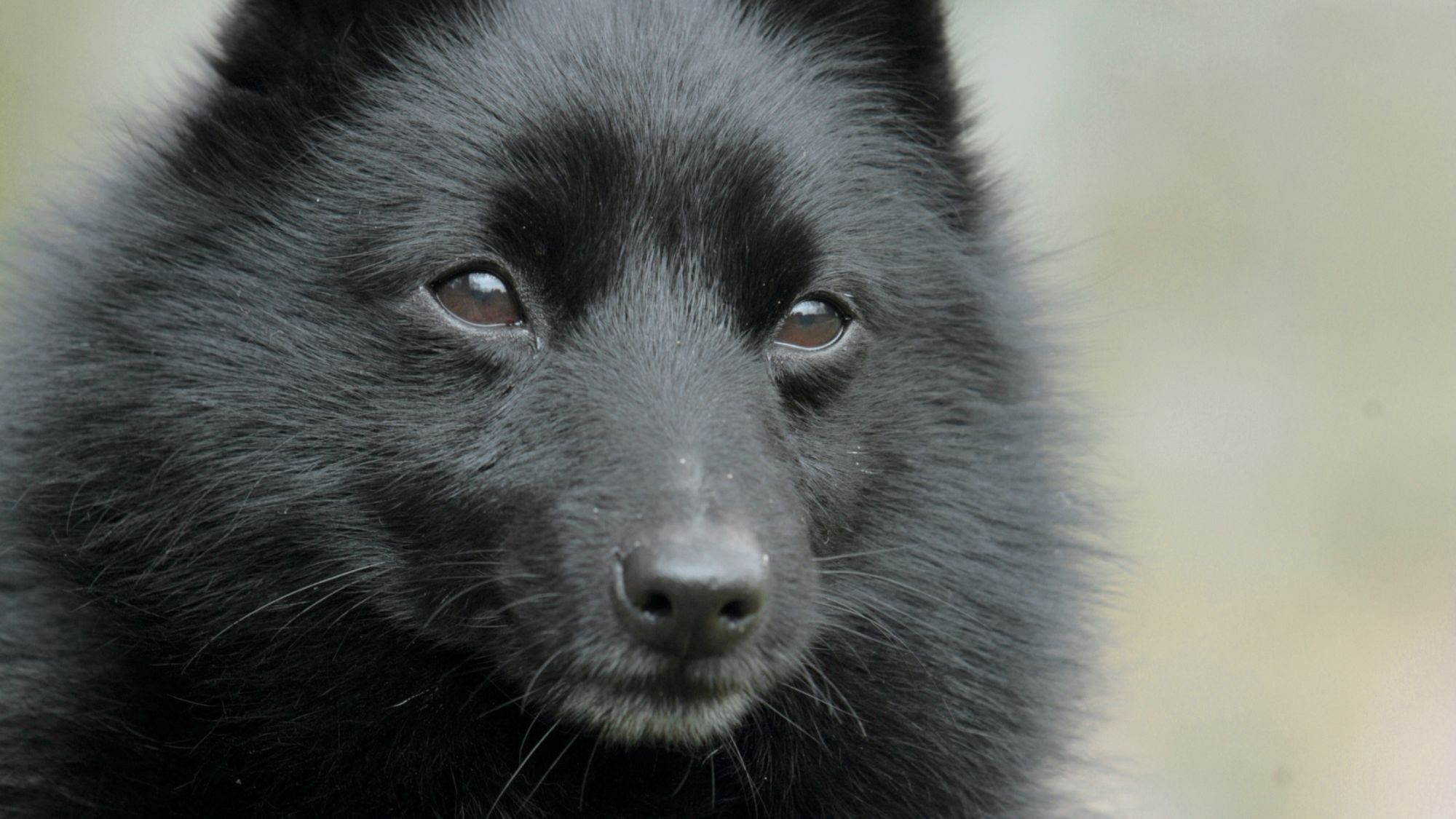
Things to look out for
From specific breed traits to a general health overview, here are some interesting facts about your Schipperke
Weak in the knees
Activity is the Schipperke‘s middle name but it can come with a price, especially for small dogs. The Schipperke can be prone to a condition called patellar luxation – more commonly known as loose kneecaps – when the knee joint slides in and out of place, side to side, becoming painful for the dog. Watch for signs of distress and discomfort, and monitor their movement with the help of a good vet.
A possible rare disorder
All that running around has made the Schipperke a very healthy breed but they are known to suffer from a newly recognised disease called MPS IIIB (Mucopolysaccharidose). Prevalent in Schipperkes between the ages of 2 and 4, the dog is unable to break down particular molecules in a normal process, therefore producing neurological problems, aggressive behavior, or seizures. Unfortunately, there is no known cure. Look for any shaking or balance problems in your dog. Visits to your veterinarian for checkups can detect any symptoms of the disease early on. A good breeder will have screened for signs of the disease.
Healthy diet, healthier dog
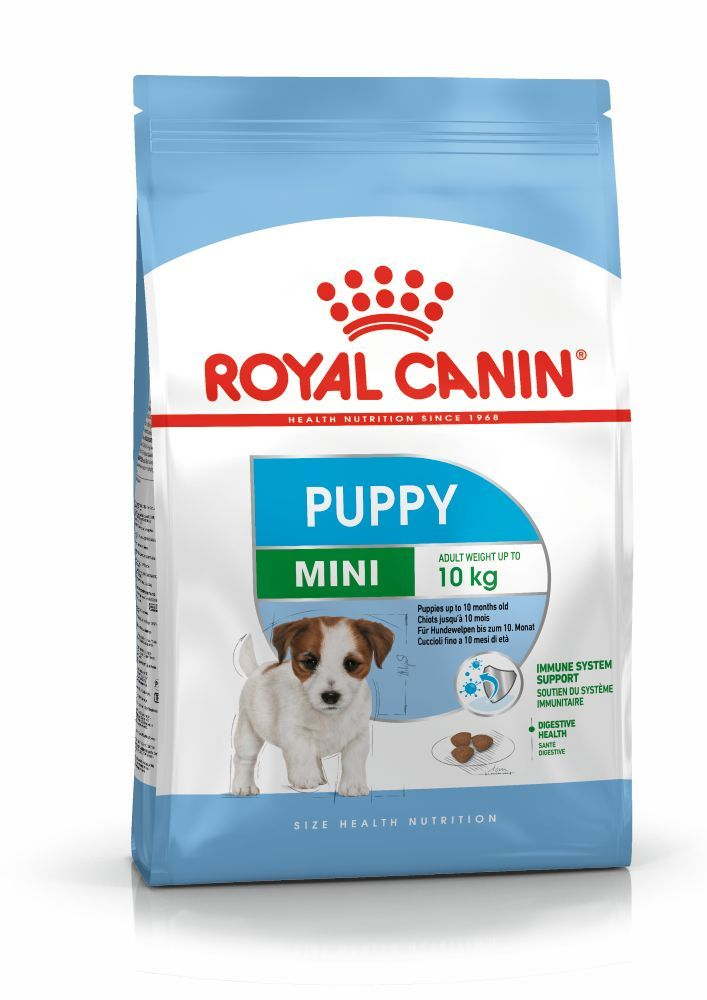
When choosing food for a Schipperke, there are many factors to consider: Their age, lifestyle, activity level, physiological condition, and health including potential sickness or sensitivities. Food provides energy to cover a dog’s vital functions, and a complete nutritional formula should contain an adjusted balance of nutrients to avoid any deficiency or excess in their diet, both of which could have adverse effects on the dog.
Clean and fresh water should be available at all times to support good urinary regularity. In hot weather and especially when out exercising, bring water along for your dog’s frequent water breaks.
The following recommendations are for healthy animals. If your dog has health problems, please consult your veterinarian who will prescribe an exclusively veterinary diet.
A Schipperke puppy’s requirements, in terms of energy, protein, minerals and vitamins, are much greater than those of an adult dog. They need energy and nutrients to maintain their body, but also to grow and build it. Until they are 10 months old, a Schipperke puppy’s immune system develops gradually. A complex of antioxidants – including vitamin E – can help support their natural defences during this time of big changes, discoveries, and new encounters. Their digestive functions are different from an adult Schipperke’s, too: Their digestive system is not mature yet so it’s important to provide highly-digestible proteins that will be effectively used. Prebiotics such as fructo-oligosaccharides, support digestive health by helping balance the intestinal flora, resulting in good stool.
Similarly, a puppy’s teeth – starting with the milk teeth, or first teeth, then the permanent teeth – are an important factor that needs to be taken into account when choosing the size, form, and hardness of kibble. This intense growth phase also means high energy needs, so the food must have a high energy content (expressed in Kcal/100g of food), while concentrations of all other nutrients will also be higher than normal in a specially-formulated growth food. It is recommended to split the daily allowance into three meals until they are six months old, then to switch to two meals per day.
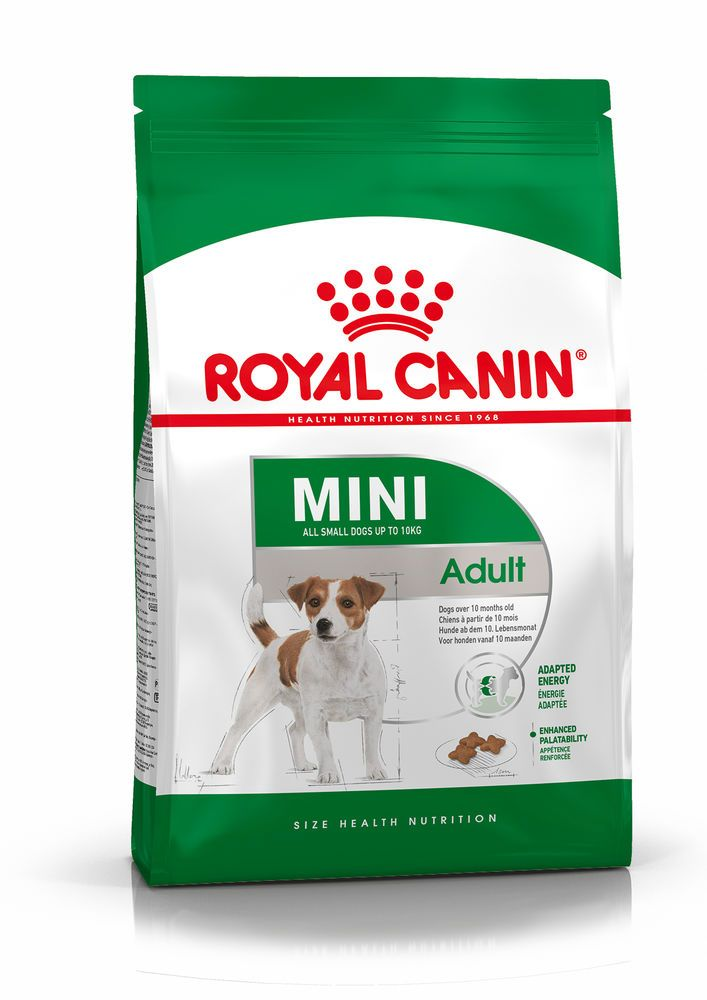
The main nutritional goals for adult Schipperkes are:
Maintaining an ideal body weight by using highly-digestible ingredients and keeping the fat content at a sensible level. Preserving the health and beauty of the skin and coat with the enriched addition of essential fatty acids (especially EPA and DHA), essential amino acids, and B vitamins.
At adult age, small breed dogs are exposed to oral and dental disorders, more precisely, accumulation of dental plaque and tartar. The Schipperke’s teeth and jaws need a lot of protection. A kibble shape and a texture designed to promote chewing can help in slowing down the formation of dental plaque, and a formula containing calcium chelators can help reduce tartar formation, hence helping to support daily oral hygiene. Small breed dogs are well known for being fussy eaters. Exclusive formula and flavourings, as well as a kibble size with a special texture, will stimulate their appetite. Small breed dogs are prone to urinary stones; a diet that supports a healthy urinary system is recommended.
For Schipperkes living mainly indoors, highly-digestible proteins, an appropriate fibre content, and very high-quality carbohydrate sources will help reduce faecal smell and volume. Because an indoor lifestyle often means less exercise, an adapted calorie content, which meets the reduced energy needs, and a diet that contains L-carnitine, which promotes fat metabolism, can help maintain an ideal weight. It is important to avoid feeding them human foods or fatty snacks. Instead, reward your dog with kibble taken from their daily meal allowance, and strictly follow the feeding guidelines written on the package in order to prevent excessive weight gain.
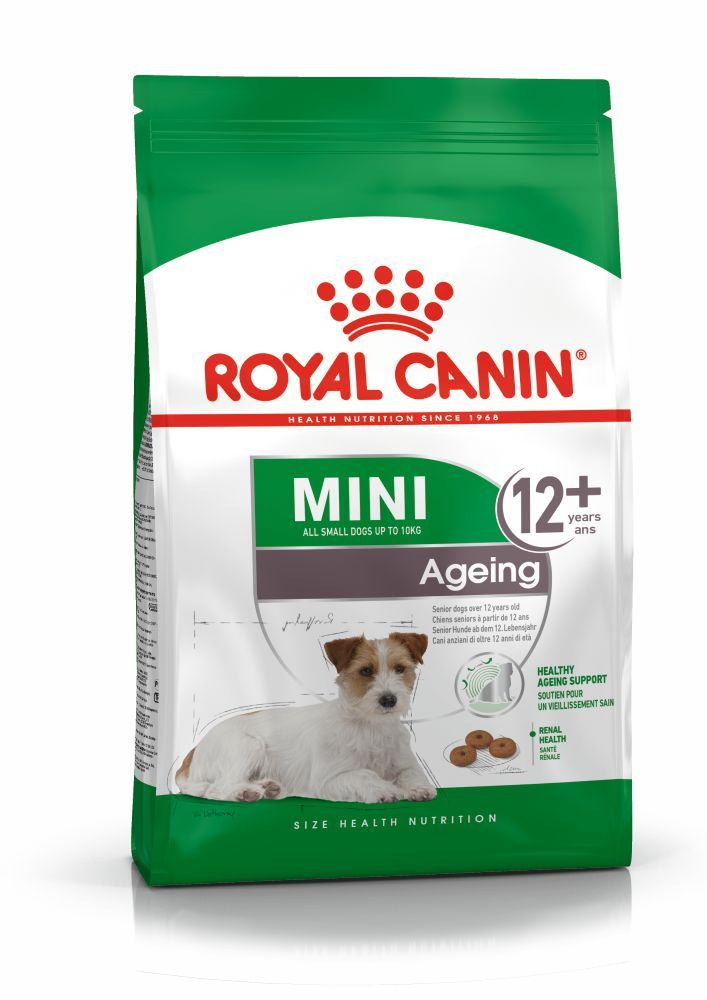
After 8 years old, Schipperke start facing the first signs of ageing. A formula enriched with antioxidants will help maintain their vitality and an adapted phosphorus content will support their renal system. Ageing is also accompanied by the modification of digestive capacities and particular nutritional requirements, so food for older Schipperkes should have the following characteristics:
Higher vitamin C and E content. These nutrients have antioxidant properties, helping to protect the body’s cells against the harmful effects of the oxidative stress linked to ageing. High-quality protein. Contrary to a widely held misconception, lowering the protein content in food brings little benefit in limiting kidney failure. In addition, older dogs are less efficient at using dietary protein than younger dogs. Reducing the phosphorous content is a good way of slowing down the gradual deterioration of kidney function. A higher proportion of the trace elements iron, copper, zinc, and manganese to help maintain the good condition of the skin and coat. A higher quantity of polyunsaturated fatty acids to help maintain the quality of the coat. A higher quantity of polyunsaturated fatty acids to help maintain the quality of the coat. Dogs can normally produce these fatty acids, but ageing can affect this physiological process. As they age, dogs increasingly suffer from teeth problems. To ensure they continue to eat in sufficient quantities, the shape, size, and hardness of their kibble needs to be tailored to their jaw.
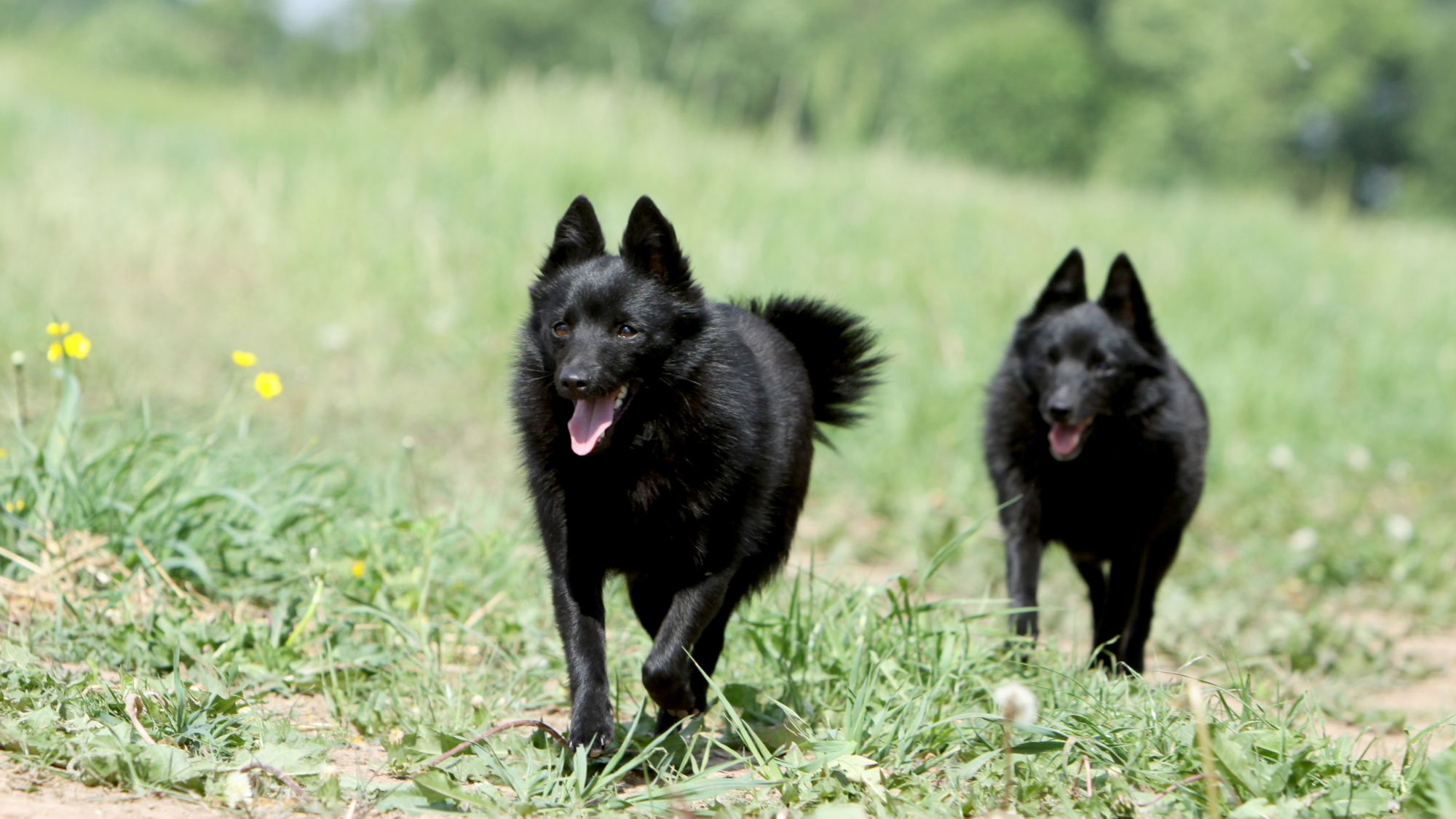
Caring for your Schipperke
Grooming, training and exercise tips
Grooming the Schipperke may look like a chore but in reality their lustrous coat is quite easy to care for. This dog is not a shedder, but will moult twice a year – in the spring and the autumn – as they shed their old coat for the new. Weekly brushing will keep their splendid locks in tip-top condition. Make sure to clean those perky ears to maintain their health as well. Daily teeth brushing is also recommended.
The Schipperke dog needs lots of exercise. This is a highly energetic dog—some say a little dog in a big dog’s body. The breed is super playful and always up for a romp in the yard or jaunt around the block – or two, or five! – or lots of running in a wide-open space or in the neighbourhood.
The Schipperke is known for their extraordinary senses and stubborn streak – and for their vocal agility (read: at-times excessive barking) – so training may be difficult without a firm person at the helm. Obedience classes are a good idea for a breed that likes to explore, and needs to learn to come when called. They’ve been known to jump the fence if interested in what’s on the other side! Competing in agility and obedience competitions is enjoyable for the Schipperke, and will help this breed work off their natural energy.
7/7
All about Schipperkes
Sprightly and tireless, the Schipperke dog has as their first priority keeping their family and surroundings safe, then, maybe then, taking it easy. The breed is a top-notch watchdog and known to be a light sleeper. That said, they need their downtime as well, and being so protective of the family, they’re all too glad to cuddle up by anyone’s side.
The Schipperke is officially part of the American Kennel Club’s Non-Sporting Group. A Belgian breed, they derive their name from the Flemish word “schip” meaning ship, or more precisely, boat, the name given since earning their keep as ratting dogs on canal barges. The Schipperke is known as a superb and faithful watchdog, especially on vessels, but also for shops and on the homefront.
Suggested Breeds
Read more on this topic
- Veterinary Centers of America https://vcahospitals.com/;
- Royal Canin Dog Encyclopaedia. Ed 2010 and 2020
- Banfield Pet Hospital https://www.banfield.com/
- Royal Canin BHN Product Book
- American Kennel Club https://www.akc.org/
Like & share this page